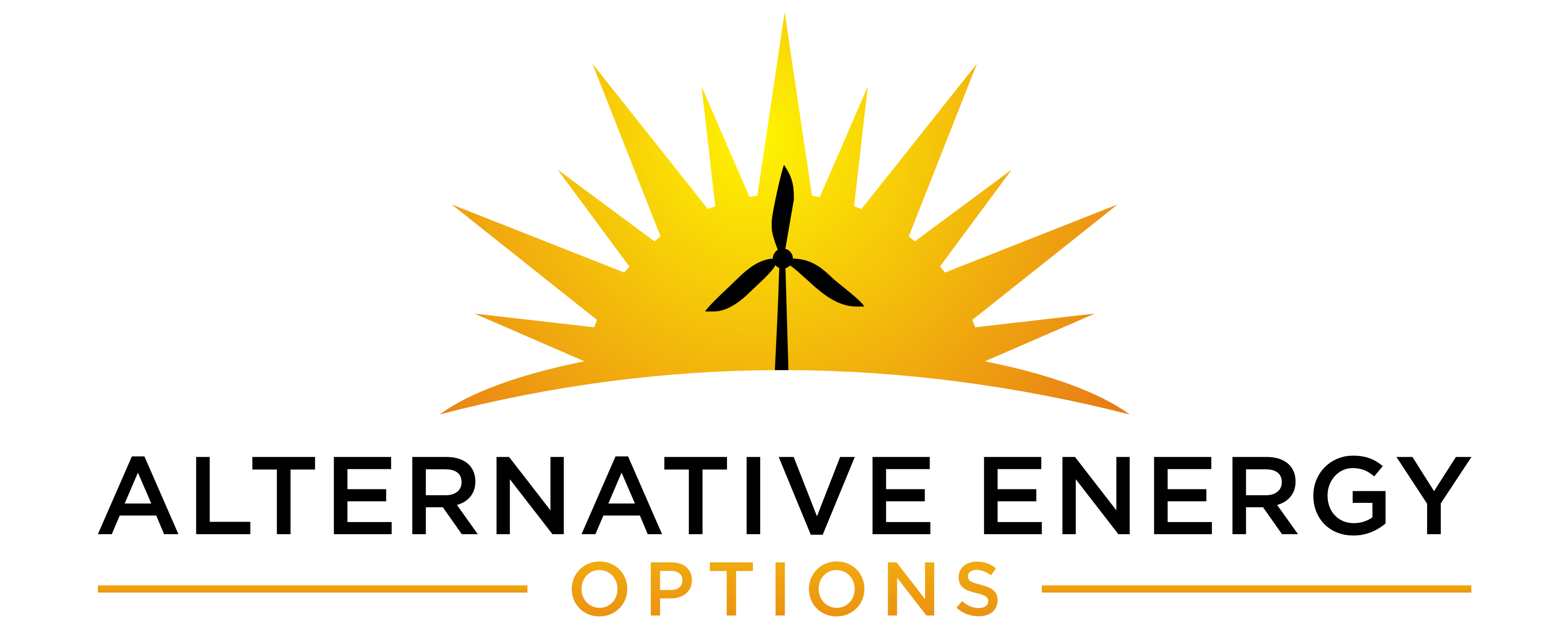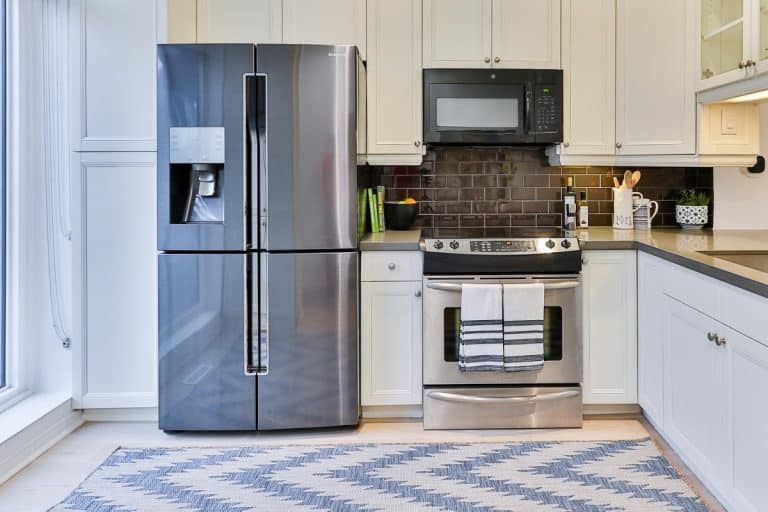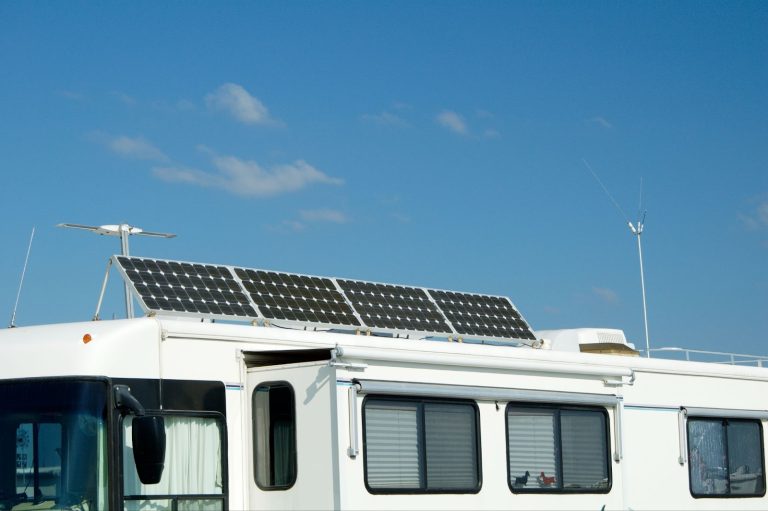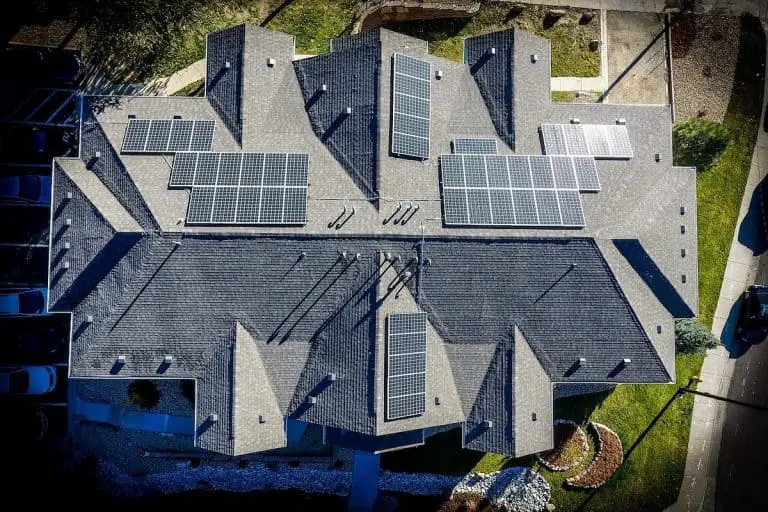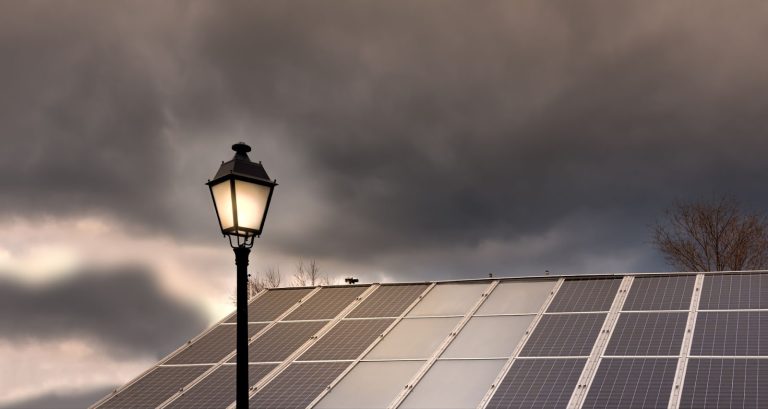What Size Charge Controller Do You Need For A 200w Solar Panel?
A 200 watt 12V solar panel needs a 17-amp charge controller. You can get the required size for your solar panel by dividing its wattage by its voltage. A charge controller should have around 25% excess rating to handle fluctuations, so the ideal size for a 200-watt solar panel is 20 amps to allow a safety factor.
Solar energy is rapidly growing source of electricity for many households. But if you have a solar panel, you also need a solar charge controller to prevent the panel’s battery from overcharging. What size charge controller do you need for a 200w solar panel?
What Size Charge Controller For 200w Solar Panel?
A solar charge controller works by regulating the charging activity of a solar panel system’s battery. It controls the current and voltage the solar panel receives before sending it to the battery. Apart from regulating the energy flow, a charge controller is also responsible for preventing the batteries from discharging at night.
A charge controller is essential to keep the solar panel’s battery at its prime status. More than that, it also ensures the safety of using a solar panel system. However, you can only achieve these benefits if you have the correct charge controller size for your solar panel.
Moreover, different solar panel wattages need different charge controller sizes. That said, what size charge controller for a 200W solar panel?
How To Get The Right Charge Controller Size For A 200W Controller?
One thing worth noting about solar panel systems is that their charge controllers come in various capacities. It means that the size of the charge controller required for your system will depend on the solar panels’ wattage, method of wiring and voltage of the battery.
So, suppose you have a 12-volt, 200-watt solar panel. In that case, you need an appropriately sized charge controller to ensure that the entire system will work well and without any issue.
Getting The Right Computation
Fortunately, there is a simple formula to get the right charge controller for solar panels regardless of their wattage. You only need to divide the solar panel’s wattage by 12 volts to get the right ampere (amps) for the charge controller. Therefore, your formula will be:
amps = watts / volts
So, for a 200-watt panel, you need to divide 200 watts by 12 volts. As a result, you will get 17 amps of the charge controller to regulate your solar panel’s battery. However, it is also ideal that you add a few extra amperes so your charge controller will be able to handle if you add several solar panels in the future. That said, I recommend that you use a 20 amp-charge controller for your 200-watt solar panels.
Alternatively, you can use more than one charge controller with smaller amps until you complete the 20 amps you need. These smaller charge controllers need to separate feed from the solar panels into the batteries. For instance, if you need 20 amps of charge controller, you can use two 15-amp charge controllers, so you will have extra amps when you need to add more solar panels in the future.
How Exactly Does A Solar Charge Controller Work?
There is no denying that solar panel systems are a great way of powering up household devices. These systems are environmentally friendly and sustainable, so you can reduce the carbon footprint that you contribute to the environment. But to keep your solar panel system working at its best, it is essential to take care of its battery. This way, you can prevent the battery from overheating and potentially damaging the entire system.
Installing A Solar Charge Controller
Looking at the basics, a charge controller’s primary work is to block reverse current, thus allowing it to prevent the solar. There are also charge controllers that prevent batteries from discharging too much power.
A solar charge controller is an integral part of every solar panel system. It allows the system’s battery to efficiently and safely recharge as the panels receive energy from the sun. The device also controls the current flow and voltage from the solar panel to the battery.
In addition, a charge controller monitors the battery’s voltage, which allows it to reduce the current once the battery achieves its total capacity.
The Three Charging Stages Of A Solar Panel Battery
A solar panel battery has three charging stages, which the charge controller regulates:
- The Bulk Charging Stage
This charging stage refers to how the charge controller maximizes the current to charge the battery to about 80 percent of its maximum capacity. The charge controller does this in the quickest time possible.
- The Absorb Stage
Once the battery finishes the bulk charging stage, it goes to the absorb stage. This stage happens as soon as the charge controller reduces the current it sends to the solar panel’s battery.
- The Trickle Charge Stage
During the float or trickle charge stage, the solar charge controller keeps the battery topped off, so it is ready to use whenever you need it. The trickle charge stage prevents the battery from going lower than its maximum capacity once it is full.
Your solar panel system’s battery can only undergo these three stages if you are using the right size of charge controller for it. These stages allow your battery to charge at the quickest time possible without sacrificing its health.
How Many Watts Can A 20 Amp Charge Controller Handle?
A 20-amp charge controller is one of the most popular choices for households that run on solar energy. The reason is that it can work with various solar panel types.
As mentioned, a 200-watt solar panel needs exactly 17 amps of the charge controller. So, if you use 20 amps of charge controller for your 200-watt solar panel, three additional amps are left unused. It leads us to the question – how many watts can a 20-amp charge controller handle?
Similar to getting the right size of charge controller for a 200-watt solar panel, finding how much energy a 20-amp charge controller can handle has a formula:
maximum watt capacity = voltage x amps
You are reversing the abovementioned formula by multiplying the voltage by the amps. So, if you have a 12-volt solar panel and a 20-amp charge controller, it can handle a 240-watt solar panel.
It is essential to note that 240 watts are the maximum energy capacity that a 12-volt, 20-amp charge controller can handle. However, you should avoid giving the charge controller its maximum energy capacity as it can cause the entire solar panel system to overload.
Sticking with name brand well-tested products will help ensure that the equipment is working within specifications. This Renogy 20A Voyager controller is a good inexpensive option from Amazon.
Alt Energy Options is an Amazon Associate. As an Associate, we earn commissions from qualifying purchases. The site also maintains other affiliate relationships. Purchases made through the site links don’t increase cost to the buyer. Full affiliate statement here.
How Much Energy Should A 20-Amp Charge Controller Work On?
To keep things safe, the ideal wattage you should allow your 20-amp charge controller to handle is 200 watts. This way, your system will still have approximately 20 percent of excess capability, which prevents it from overloading. Of course, loading the charge controller with its maximum capacity a few times is safe.
However, regularly doing such can result in the melting of wires, thus damaging your entire solar panel system. If you need 240 watts of power regularly, the best thing to do is to use a 30-amp charge controller. This way, you will have more flexibility with your solar panel system while preventing its battery from overloading.
A Few Tips For Using A 20-Amp Solar Charge Controller
- If it is your first time installing a solar panel system in your home, you do not have to worry about getting the right charge controller size. The reason is that many solar panel kits on the market come with a charge controller.
- Remember that the larger your solar panel’s power is, the larger the charge controller you need. The charge controller should also have a few extra amps to prevent overloading.
- Place the charge controller in the closest possible proximity to the battery. This way, you can use short and thick cables, resulting in less power discharge.
- Always leave extra power capacity so you can add more solar panels when you need them.
The Different Types Of Solar Charge Controllers
Apart from the different power capacities of solar charge controllers, they also have three different types:
- Simple 1 or 2 Stage Controls
- Pulse Width Modulation Charge Controller (PWM)
- Maximum Power Point Tracking Charge Controller (MPPT)
Knowing the differences between these two types of charge controllers will let you figure out which one will work best for your solar panel system. This way, your system will be able to provide the most amount of power for your household without you worrying about overloading.
Simple 1 Or 2 Stage Controls
This charge controller relies on shunt transistors to regulate the voltage the battery receives. It works by disconnecting the solar panel from the battery once the battery reaches its maximum charging capacity. Considering the technology’s advanced, simple one or two stage controls are the grandfathers of all modern charge controllers.
For that reason, solar panel systems rarely use this charge controller.
Pulse Width Modulation Charge Controller
You can compare the pulse width modulation controller to an electrical switch between the solar panel’s batteries. The reason is that you can quickly turn the PWM on and off to obtain the voltage needed to charge the batteries.
This type of charge controller is ideal if you want to obtain a constant voltage for charging the solar panel’s battery. A PWM switches the solar panel system controller’s power devices. By using a PWM, the current coming from the solar panel attenuates. However, it depends on the condition of the system’s battery and its charging needs.
Benefits Of A Pulse Width Modulation Charge Controller
A pulse width modulation charge controller works similarly to most modern premium quality battery chargers. For instance, once the battery voltage reaches the regulation setpoint, your PWM controller’s algorithm will reduce the charging current to prevent the battery from overheating. Still, the battery will continue to charge until it reaches its maximum energy capacity.
This technology allows your solar panel’s battery to recharge efficiently and rapidly while keeping it healthy and at full capacity.
- It provides a dramatic increase in the solar panel battery’s charge acceptance.
- It prevents the battery from overheating
- Features self-regulation for voltage drops and temperature effects in solar panel systems
- Recovers lost battery capacity.
- Maintains a high average battery capacity
Maximum Power Point Tracking Charge Controller
Maximum Power Point Tracking is an algorithm added to solar charge controllers. This technology extracts the full power from the photovoltaic module by prompting them to operate at the most energy-saving voltage.
To do such, an MPPT charge controller checks the photovoltaic module’s output and compares it with the voltage of the solar panel’s battery. Then, the MPPT gathers the most efficient power the photovoltaic module can generate to charge the solar panel’s battery. Finally, the charge controller converts this power into the best voltage to give the maximum battery current.
Simply put, an MPPT charge controller matches the voltage of the solar panel with the voltage of the battery. This way, the charge controller maximizes the battery’s charge efficiency.
In addition, an MPPT can supply the DC load directly connected to the battery with the power it needs.
Benefits Of Maximum Power Point Tracking Charge Controller
- Most MPPTs come with a high warranty period.
- Increases charging efficiency by 30 percent.
- Allows the series of solar panels to have a higher voltage than the solar panel system’s battery.
- Provides more flexibility for adding solar panels.
Why Are Solar Charge Controllers Important?
A solar charge panel works more than taking care of your solar panel’s battery. In reality, it provides your solar panel system with two benefits: safety and efficiency.
It Prevents The Battery From Overcharging
Your solar panel system’s battery can no longer store the energy sent to it once it reaches its full capacity. But if electricity continuously flows into the battery, its voltage gets too high. It separates water into hydrogen, oxygen, and bubbles, as if it is boiling, although it does not heat up.
When such happens, the battery will have an excessive loss of water. The hydrogen and oxygen gas can lead to a small explosion, potentially damaging the other components of your solar power system. Even worse, your inverter can shut off if the battery receives excessive voltage. This excess voltage can also stress your loads and damage them.
How Does The Charge Controller Work?
If your solar panel system has a charge controller, the device will reduce the amount of energy flowing into the battery once it reaches a particular charging capacity. It also works by increasing the maximum possible charge when the voltage sent by the solar panel decreases due to low sun intensity. This process refers to as “voltage regulating.”
Voltage regulating is the most critical function of a charge controller.
Blocks Reverse Current From Reaching The Solar Panel’s Battery
A solar panel system charges its battery by supplying it with an electrical current in a single direction. But during the night, the solar panel can sometimes pump electricity in a different direction, which causes the battery to have a bit of discharge. As a result, the battery can lose some of its charges even when you are not using it. You can call the battery’s loss of power during the night “discharge.”
While the potential energy loss is only minor, preventing it is always ideal.
The Importance Of Semiconductors Or Transistors
There are charge controllers equipped with a semiconductor or transistor that works as a valve that controls the flow of electric current. Solar panel system users call the feature a semiconductor as it prevents electric current from passing in more than one direction. In a much simpler explanation, the semiconductor prevents reverse current.
Suppose your solar panel system is using an old charge controller model. In that case, it will have an electromagnetic coil that prompts a mechanical switch from opening and closing. You can call this process the relay. The relay turns off during the night, preventing reverse current from occurring. Solar panel users also call the relay a shunt controllers.
Final Thoughts
Different solar panel wattages need different charge controller sizes. The larger the solar panel capacity, the larger the charge controller you need. What size charge controller do you need for a 200w solar panel?
If you have a 200-watt solar panel, you need a 20-amp charge controller. This charge controller size is slightly larger than the 200-watt solar panel minimum requirement. However, it is ideal to add a few amps as a buffer to prevent system overheating.
